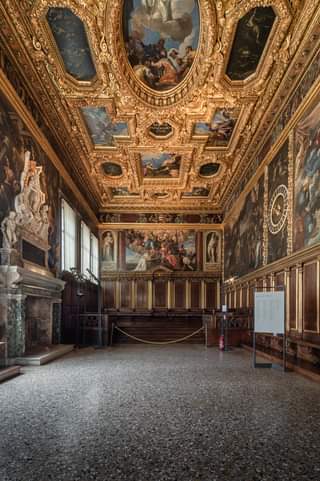On a sweltering summer day in 1479, Venice’s official portrait artist, Gentile Bellini, made his way into the royal court at Constantinople and met with Sultan Mehmet II for the first time. This was to be one of many encounters over the two years that Bellini would spend at the court of Constantinople, until 1481. He was there on diplomatic duties, and part of this entailed painting portraits of the Sultan, as a gift for his kind hospitality. These portraits were rather exotic for the time, but they were, most of all, an original way of conducting diplomatic relations. Gentile Bellini’s stay was rather extraordinary of course, because Venetian diplomats usually arrived at foreign courts presenting other gifts, although always very precious: luxury textiles, fur robes, silk gowns and even food, Parmisan cheese being a favourite with Muslim sultans in the middle-‐east. Diplomacy was a skill which Venetians mastered to perfection, and they knew that at the core it was with beautiful physical gifts that good personal relationships were built. And good relationships meant great business, and again, business meant power, which is what Venice liked to hold onto. But diplomacy is, and always has been, of course a two-‐way street, and Venetians understood that they had to receive as sumptuously as they had to donate. Sala del Collegio here is where the Doge and his entourage met with foreign ambassadors, and clearly, the goal was to impress them even before words were exchanged or deals discussed. And as diplomats were left waiting in this hall, humming and looking around at the walls and ceiling, none would have been unimpressed by the splendor of the works by two of the greatest Renaissance artists in Venice, Jacopo Tintoretto and Paolo Veronese. In essence, the hosts were telling them quite clearly: we reserve only the best for you!







